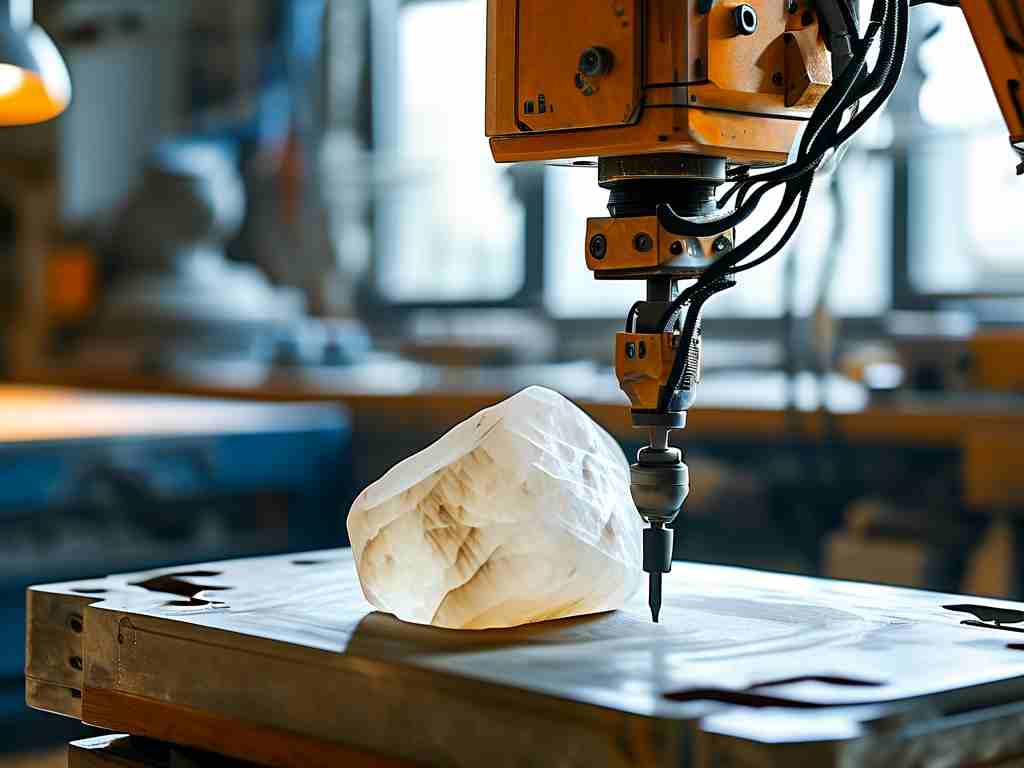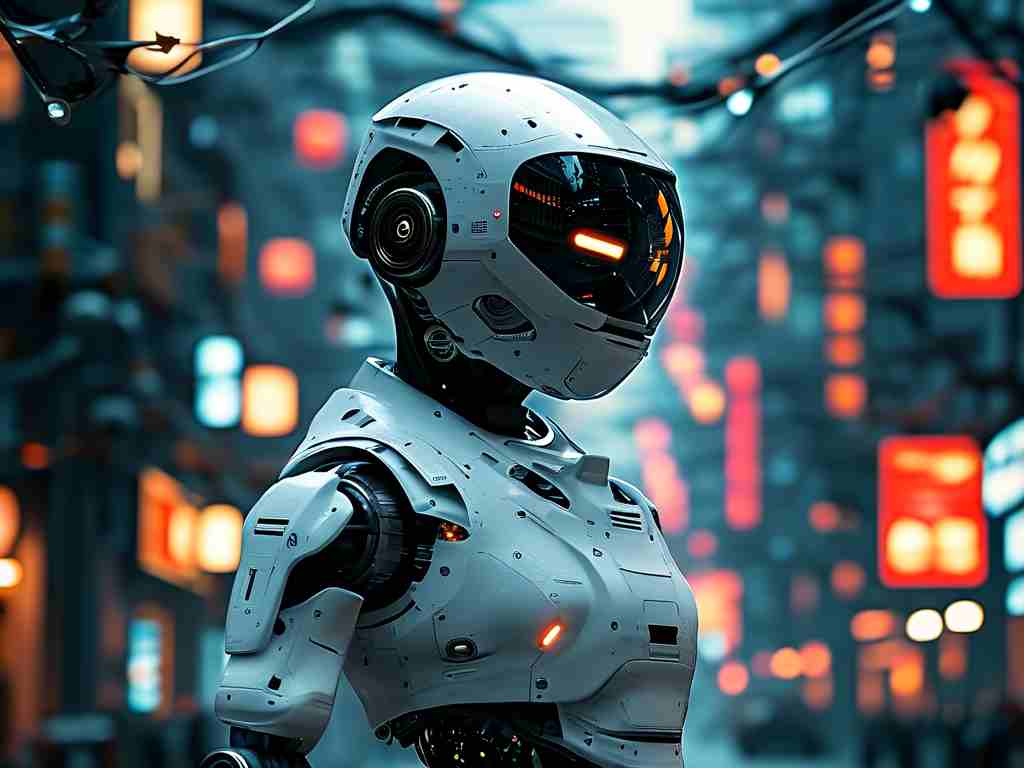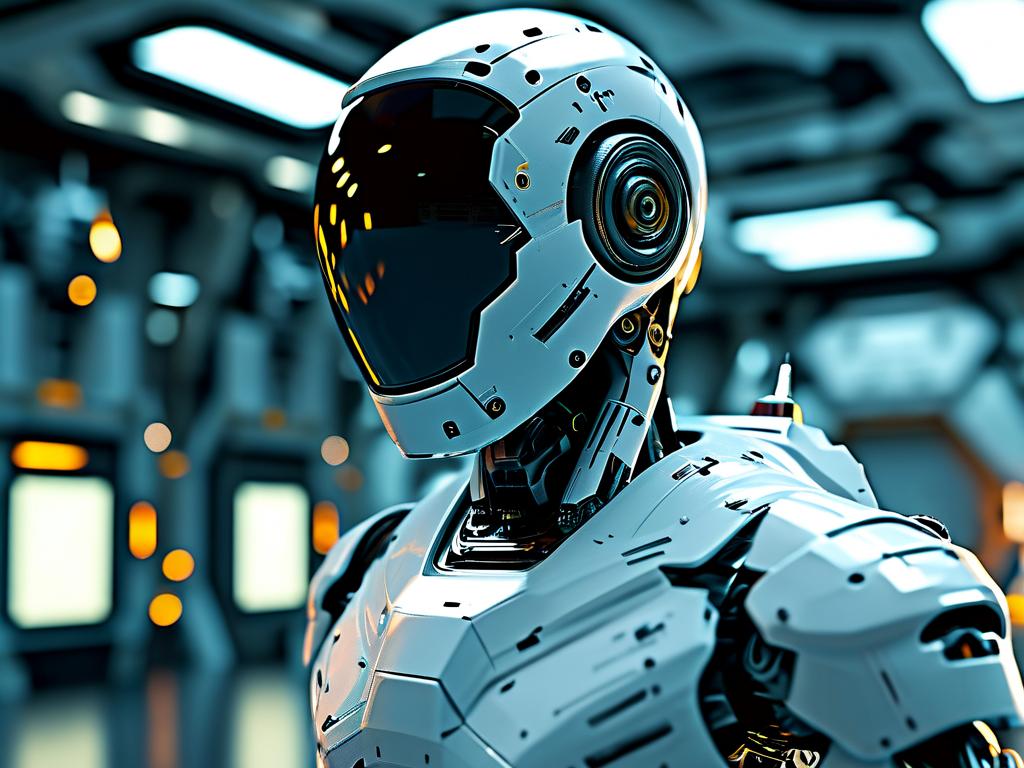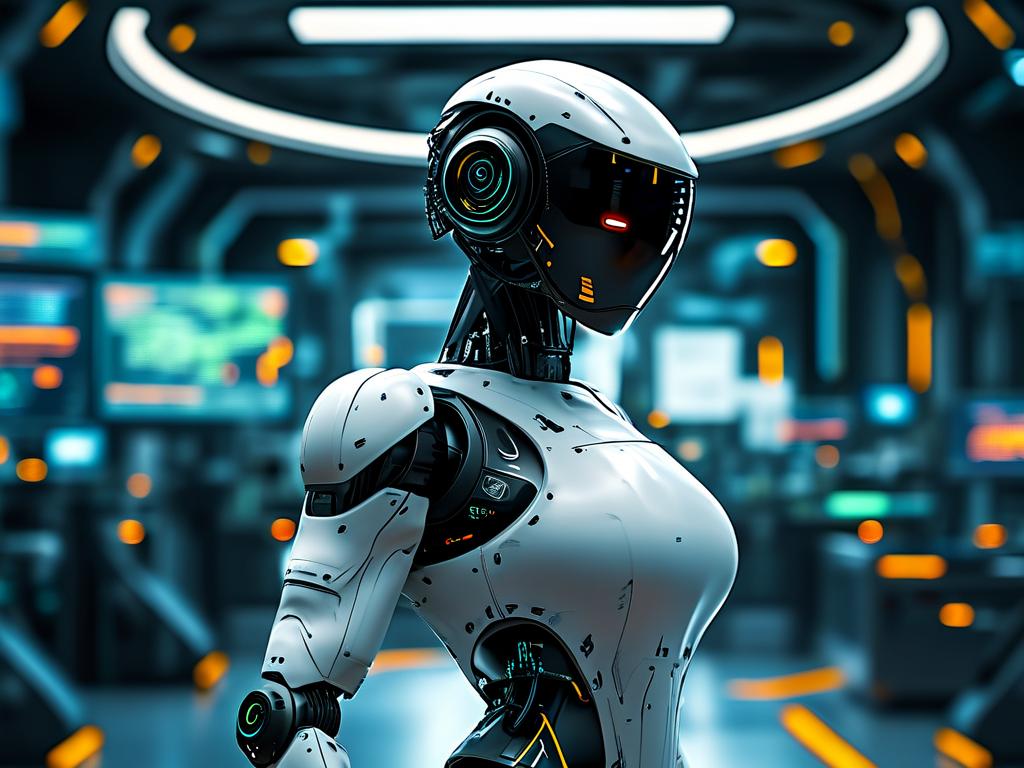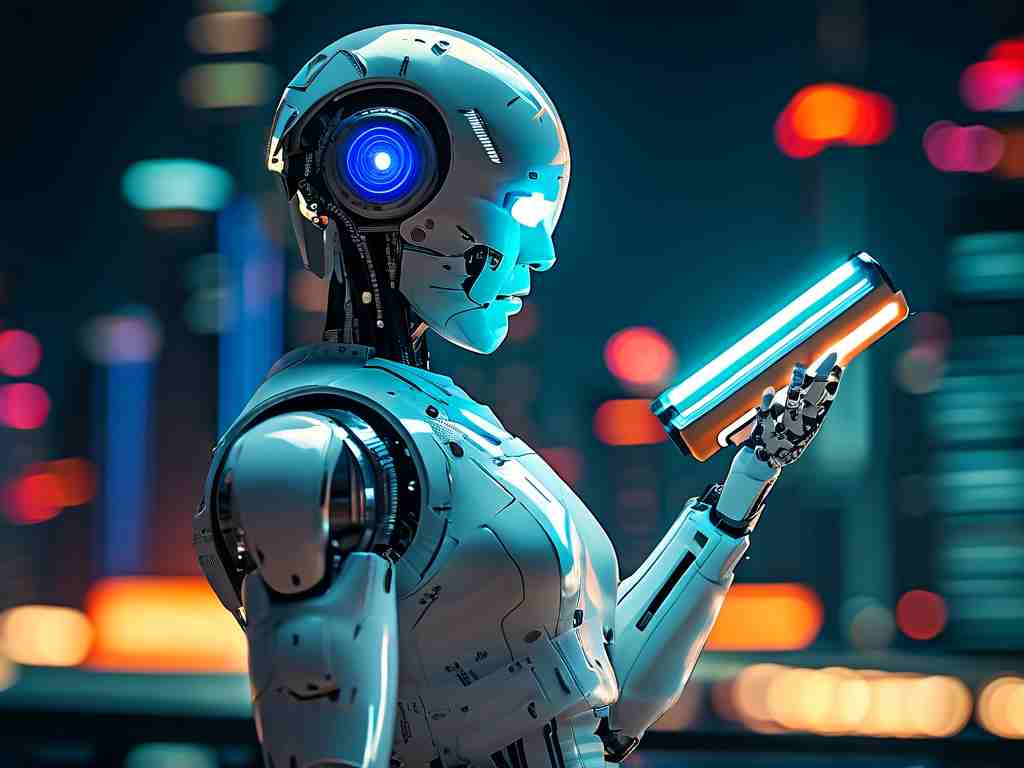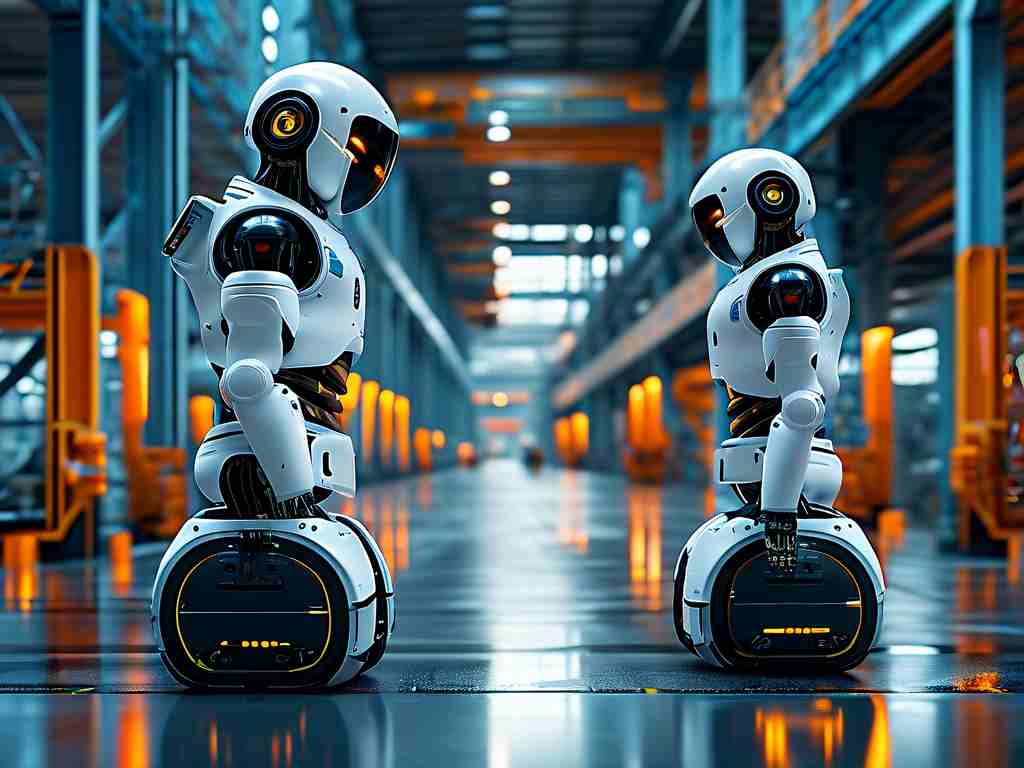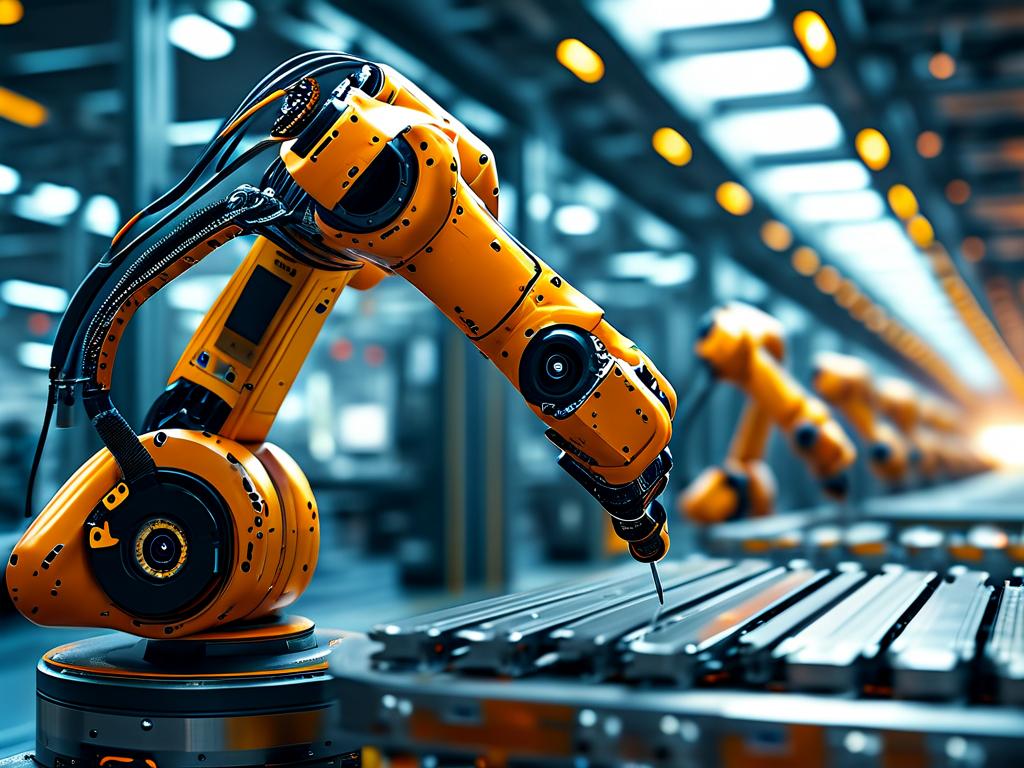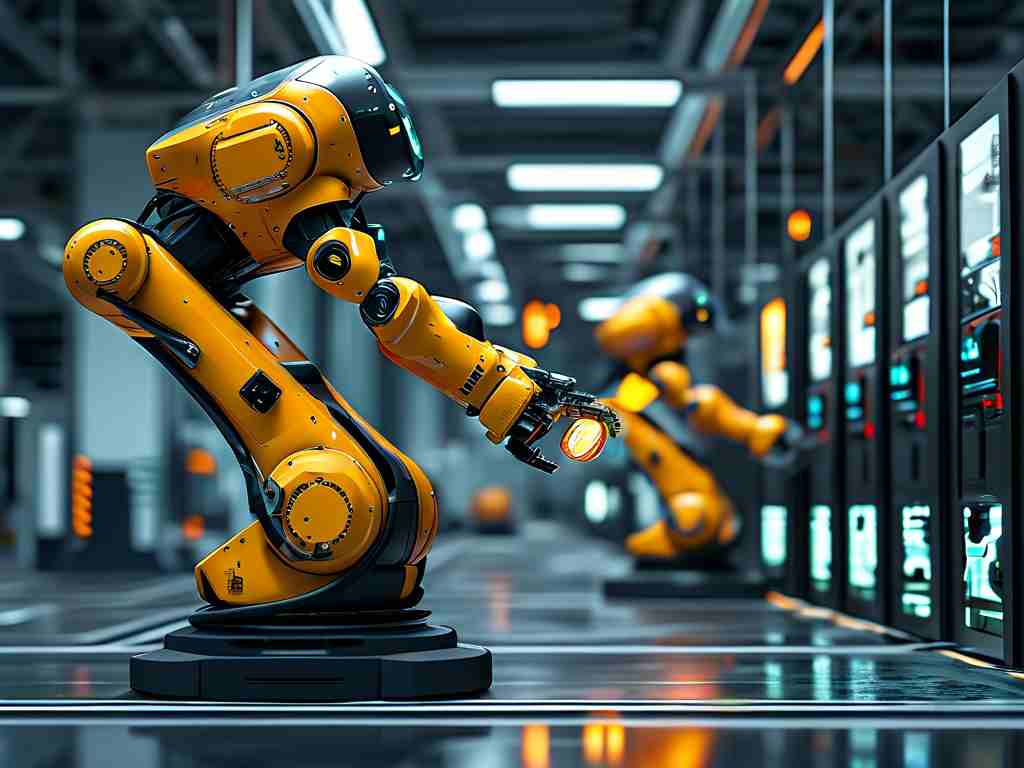Robot autonomous driving technology represents a transformative leap in how machines navigate environments without human input, reshaping industries from transportation to logistics. This innovation hinges on sophisticated algorithms and sensor systems that enable robots to perceive surroundings, process data, and execute decisions in real-time. For instance, modern autonomous vehicles employ LiDAR sensors to map terrain, coupled with machine learning models that predict obstacles and optimize routes. These advancements stem from decades of research, with pioneers like Waymo and Tesla refining systems for urban and highway scenarios, demonstrating over 90% accuracy in collision avoidance during trials. Beyond cars, similar tech powers drones for delivery services and industrial robots in warehouses, where automated forklifts move goods efficiently, slashing operational costs by up to 30%.
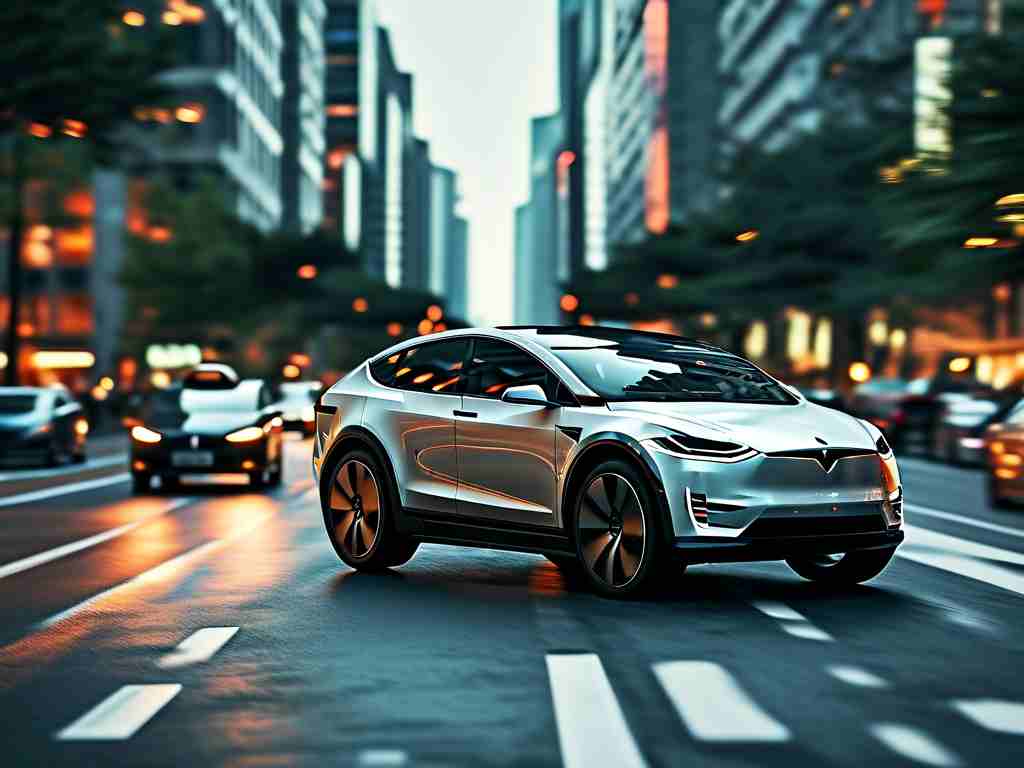
However, the journey hasn't been without hurdles. Safety remains a paramount concern, as glitches in AI decision-making can lead to accidents; ethical debates swirl around liability in crashes, prompting regulators to draft stringent frameworks like the EU's AI Act. Technical challenges include ensuring reliability in unpredictable weather, where sensors may falter, demanding redundant systems for fail-safes. Despite this, recent breakthroughs offer hope. Innovations in edge computing allow faster data processing on-device, reducing latency, while 5G integration enhances connectivity for swarm robotics in agriculture, where fleets of autonomous tractors coordinate planting with minimal waste. Collaborations between academia and industry, such as MIT's work on adaptive algorithms, push boundaries, making robots more intuitive and context-aware.
Looking ahead, the future of robot autonomous driving tech promises integration with smart city infrastructures. Imagine traffic systems where self-driving cars communicate with streetlights to ease congestion, cutting emissions. Advances in quantum computing could further refine AI predictions, enabling robots to handle complex urban labyrinths. Yet, societal adoption hinges on public trust and policy evolution. As this tech matures, it will democratize mobility for the elderly and disabled, fostering inclusive growth. In essence, while risks persist, the relentless innovation in autonomous robotics heralds a safer, more efficient world, urging stakeholders to balance progress with prudence.


